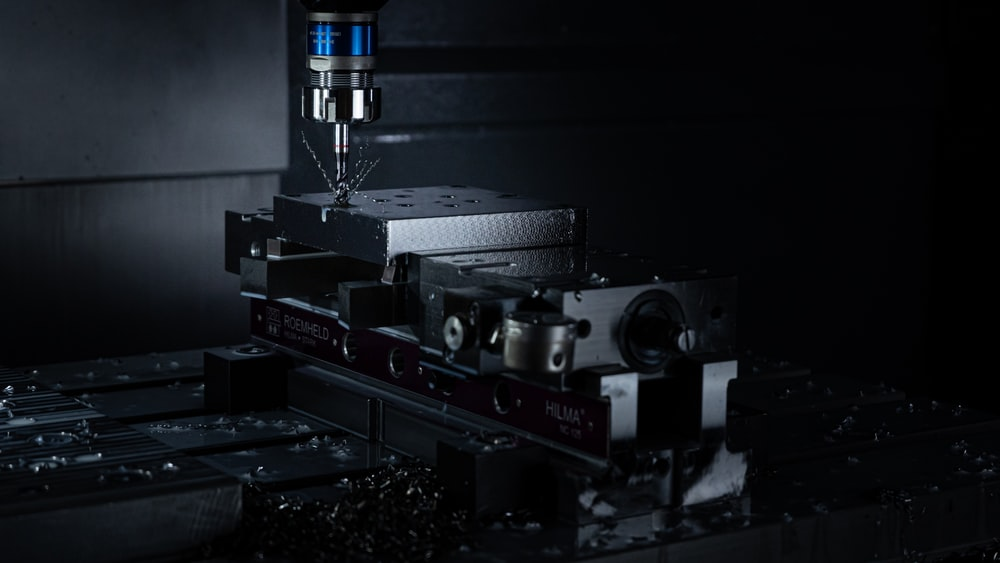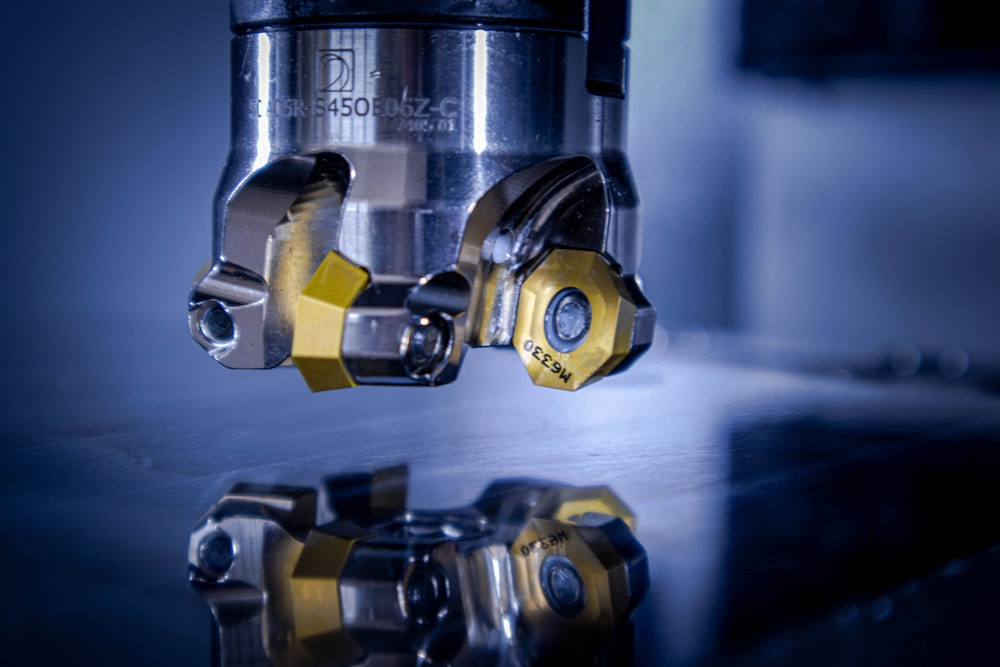Milling is a multi-functional machining process that is commonly used in CNC machining. Using a single milling tool, an engineering workshop can create various shapes on a workpiece. Milling can convert a raw piece of metal into complex parts of different shapes and sizes.
Contrary to the turning process, milling doesn’t require the workpiece to rotate as the cutting tool takes care of everything. In most circumstances, the workpiece remains stationary or at best will move in a linear direction against the cutting tool. Let’s have an in-depth look at the different types of milling and the tools used to make the process successful.
Different Categories of Milling Process
Based on the workpiece, tools and the motion of the cutting tool, CNC milling can be divided into several sub-categories. Some of them are listed below:
- Face Milling: This is one of the most common milling operations as it involves a cutting tool that is directly perpendicular to the workpiece being milled. This process is usually performed when a flat surface or shallow grooves are needed on a workpiece.
- Shoulder Milling: As the name suggests, the process is used to carve an “L” shaped surface on a workpiece. The cutting tools move around the edge of the material, intending to get a 90-degree angle on the surface.
- Profile Milling: This process is used when there is a requirement of cutting a path along a vertical surface of a workpiece. This process can be operated in various ways, such as using a cutting tool that hovers parallel or perpendicular to the surface of a workpiece.
- Thread Milling: If you want to insert threads into the hole of a workpiece around its surface then thread milling is the process you should use. The process uses a cutting tool that moves adjacent to the surface being threaded. It can create threads in various diameters.

Tools Needed for Milling
A mill or a milling machine is the tool required for basic milling. These machines vary and come in different sizes; however, many are combined with other machines to give industrial users a complete machining center. As mentioned, the shape of the workpiece is determined by the rotation of the milling machine.
Previously, machine engineering was mainly done through individual lathes, mills and saws. However, with advanced technology, there is versatile equipment that can do all the processes concurrently. This saves time and improves the efficiency of the process. Milling centers combine the milling process with boring and turning to give fast and accurate results. Furthermore, turrets are also installed in the machines to give them a linear motion while cutting.
No matter what the machinery is, the process is still the same. The combination of a rotating tool with cutting equipment creates different surfaces on a workpiece. What separates milling from turning is that only the cutting tool is rotated while the surface remains still.
If you’re looking for a reliable company that specializes in mechanical design and machine milling and manual machine milling in Wisconsin, then check out MD Design & Automation. Our experts provide a variety of services which include services include CNC turning services, precision cnc machining services, precision machining & manufacturing, EDM machining, and jig grinding, We offer design and automation services in the US, Canada, Europe and South America.
Contact us now or request a quote for your project.
